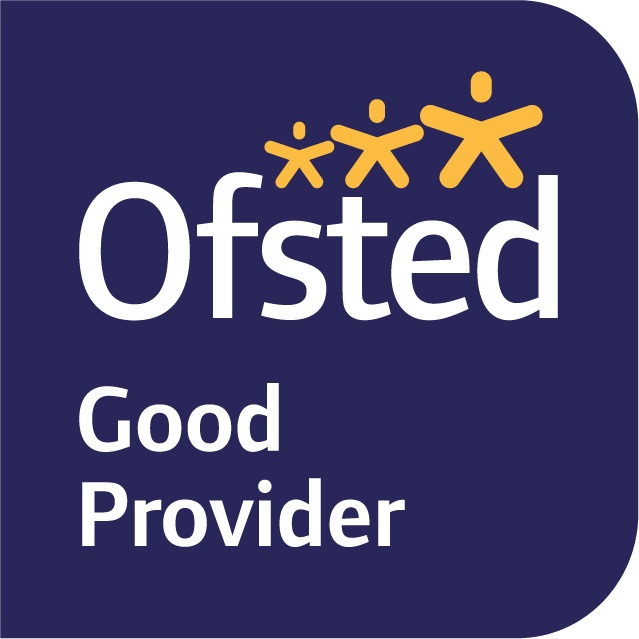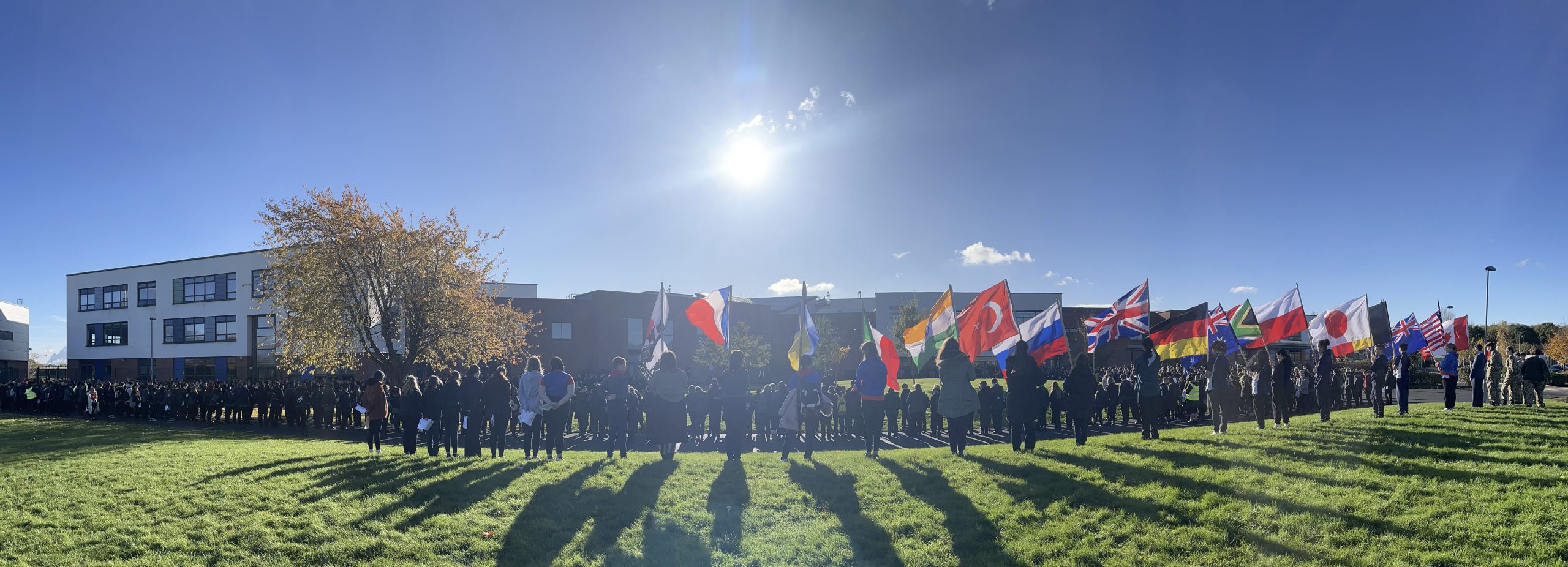What do employers want in a CV?
Put yourself in an employer’s shoes. Imagine you’re faced with a big pile of CVs, all with similar qualifications and experience. You’re short of time but you need to decide who to interview. Which CVs are you going to pick? Researchers at Keele University asked employers what they look for. Here are our top CV takeaways from their findings.
Make a good first impression
“The first thing that hits you is the appearance, then how accurate, before you even read the content.”
Employers don’t have much time to look at your CV. They can spend just 15 seconds on a first-round sift but the average is around 3-5 minutes per CV. Make sure your CV is easy to read and consider how it looks on the page. Think about how your CV looks on screen too, as not everyone prints them out. Spelling mistakes and other errors can really count against you, so double check or ask someone else to have a read – they may notice mistakes you’ve missed.
Include key words
Most employers look for key words relating to the job. You can find key words in the job advert or description. So if you’re applying for a role which needs good problem-solving skills, employers will look for ‘problem-solving’ on your CV. Some employers use scanning software to reject CVs without key words so make sure you tailor your CV for each job.
Give a sense of your personality
“…a lot of them start to look the same after a while…(so) I look to see what a person’s like…, what their interests are, what kind of personality…”
Try to convey what makes you tick and what interests you. Employers want to know if you can do the job, but also if you will fit with their team. They need to find ways to choose between similar candidates so having an extra interest or responsibility can help you stand out.
But when it comes to the hobbies and interests section, it’s best to avoid general past-times, such as going out or reading,
“If you don’t have anything interesting to say, don’t mention anything.”
Another way to stand out is with a tailored personal profile (a summary paragraph at the beginning of your CV). This is something that most employers find helpful and can give anyone reading your CV an immediate sense of who you are.
Make sure you make the most of any work experience. One employer noted that people often just described their duties, “So I know all about the job you did but I don’t know very much about you.” Showing what you achieved in a job or how you did something will have much more impact than a list of your responsibilities.
CV CHECKLIST
Formatting and layout
•Choose a clear font, at least size 11. Including some white space will also make your CV look better
•Use clear headings so people can easily find the information they need
•Be consistent. For example, make sure your headings are all in the same style and list your jobs and qualifications in the same way
•Use bullet points or short paragraphs but also include a few full sentences to show your writing ability
•Keep your CV to two pages max. Some employers prefer a single page CV but use your common sense. If you can say it in a page, say it in a page
•Use the first person (so talk about yourself using ‘I.’)
•Don’t include a photo
Content
•Include key words and tailor your CV for each job
•Use the personal profile or hobbies and interests sections to give a sense of what you’re like
•Give examples of how you did something or what you achieved, rather than just describing your responsibilities
•Check your CV for spelling and grammar and make sure there are no typos












